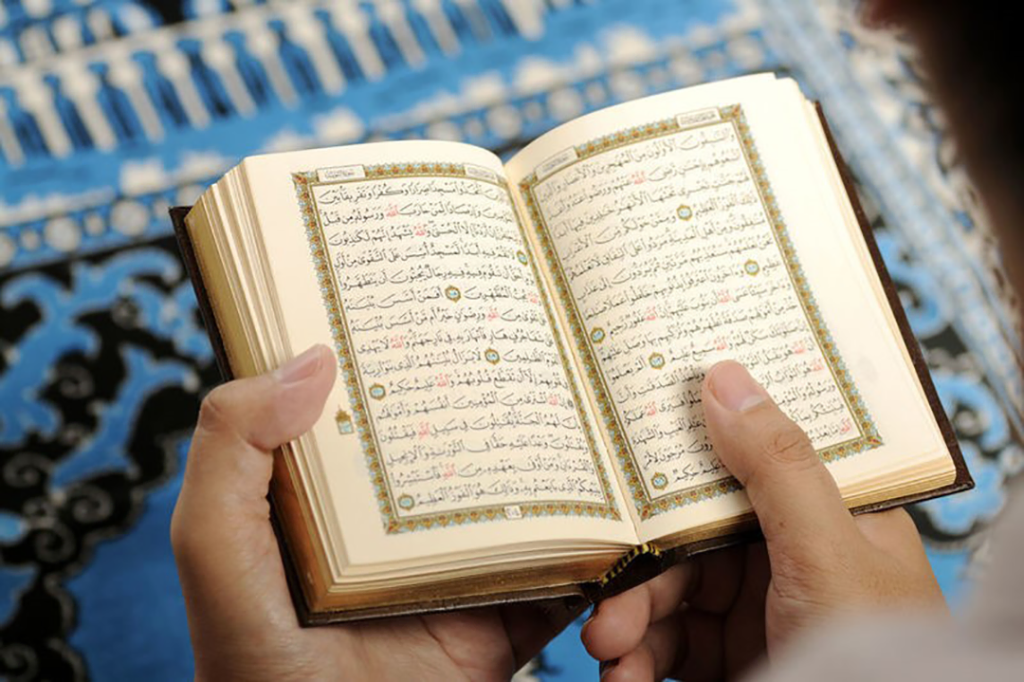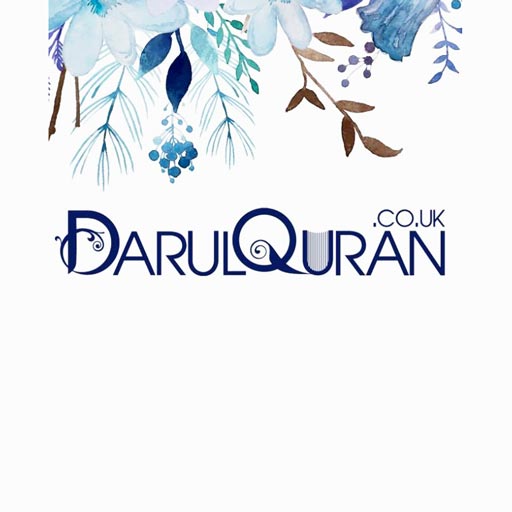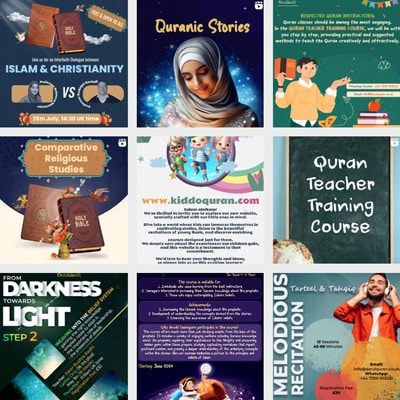The things through which my ’Ummah can enjoy Heaven most of all are piety and good temper.
Prophet Muhammad (S)
Table of Contents
ToggleLinguistic skill is what these works are celebrated for most, but also for the fact that they intertwine eloquence with humor and wisdom.
The Maqamat has fascinated Arabic literature scholars and enthusiasts for centuries; often studied due to its rhetorical brilliance as well as reflecting the cultural milieu of the time.
The Author of the Maqamat: Al-Hariri
Al-Hariri is a prominent figure in Arabic literature, best known for his masterwork “The Maqamat” (The Assemblies). He lived between 1054 CE and 1138 CE, born in Basra, Iraq. A poet as well as an academician and statesman, he was part of an era where Arabic prose flourished.
The richness of medieval Arabic prose can be seen in Al-Hariri’s work; it captures the literary culture at its time. The fifty-one stories that make up Al-Hariri’s “Maqamat” feature a crafty narrator known as Abu Zayd al-Saruji who goes through several adventures embodying wit, learning, social commentary among other themes.
The structure of “The Maqamat” is noteworthy for its unique combination of narrative storytelling and ornate linguistic style.
Al-Hariri employs rhymed prose known as saj’, which adds musicality to his work and reflects the oral traditions prevalent in Arab culture. Each maqama (assembly) presents not only an entertaining tale but also serves as a vehicle for moral and ethical lessons, often showcasing the tension between intellect and folly.
This duality has allowed “The Maqamat” to remain relevant through centuries as it resonates with readers seeking both amusement and intellectual engagement.
Moreover, Al-Hariri’s influence extends beyond his own era; he significantly impacted subsequent generations of writers.
His work inspired later poets such as Ibn al-Jawzi and even European authors during the Renaissance who sought to emulate his intricate narrative techniques. The enduring legacy of Al-Hariri’s “Maqamat” underscores its importance in both Arabic literature and world literature at large—a testament to its universal themes that continue to captivate audiences today.
Historical Context and Literary Significance
During the Islamic Golden Age, which was a period of intensive intellectual and cultural activity in Muslim nations, especially in the Middle East, the Maqamat appeared. The era was marked by advancements in science, philosophy, medicine, and the arts.
Maqamat can be viewed as a literary representation of society’s intricate nature during this time that included social dynamics, oratory power, and quick wit.
The “Maqamat,” a seminal work in Arabic literature, was composed by the 11th-century poet Al-Hariri of Basra.
This collection of anecdotes and stories is framed within the context of the cultural and intellectual flourishing of the Islamic Golden Age, a period marked by advancements in science, philosophy, and art.
The socio-political environment during this time fostered an appreciation for literary forms that combined wit, eloquence, and moral lessons. Al-Hariri’s “Maqamat” reflects this milieu through its intricate narrative style and rich linguistic tapestry, showcasing not only his mastery over classical Arabic but also his ability to engage with contemporary societal themes such as morality, identity, and social stratification.
The literary significance of “Maqamat” extends beyond its narrative structure; it serves as a bridge between oral traditions and written literature.
Al-Hariri employs a unique blend of prose and poetry that captures the rhythmical qualities inherent in oral storytelling while simultaneously adhering to written conventions.
This duality enhances the text’s accessibility while preserving its artistic integrity. Furthermore, “Maqamat” has influenced subsequent generations of writers across various cultures; its themes resonate with later works in both Arabic literature and beyond.
The text’s exploration of character through diverse personas allows for an examination of human nature that transcends cultural boundaries.
The Structure and Themes of the Maqamat
Every assembly of the five hundred in Al-Hariri’s Maqamat adheres to a very uniform layout. The story normally starts with an anonymous narrator coming across a specific gathering or collection of individuals.
Within this environment, he meets up with someone like Abu Zayd and is treated to some speech with commendable rhetorical flair.
One prominent theme within the “Maqamat” is the interplay between wit and deception.
Al-Harith often employs cunning strategies to navigate complex social situations, reflecting broader societal dynamics in medieval Islamic culture. The narratives frequently illustrate how intelligence can be both a tool for survival and a means of social critique.
Through his escapades, Al-Hariri explores notions of identity and authenticity, questioning what it means to be virtuous in an environment rife with hypocrisy.
Additionally, themes of social stratification and the role of patronage are prevalent throughout the work. The interactions between characters reveal insights into class distinctions and the importance placed on eloquence as a marker of status.
By situating his protagonist within various socio-economic contexts, Al-Hariri invites readers to reflect on their own societal values and hierarchies.
Ultimately, “The Maqamat” stands as not only an artistic achievement but also as a profound commentary on human nature and societal constructs in its historical context.
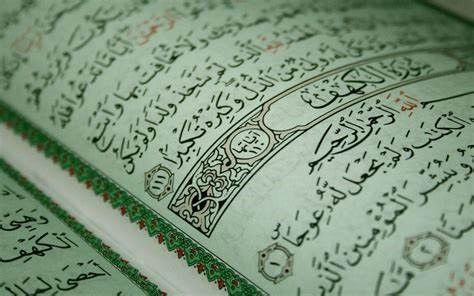
Language and Style
Al-Hariri’s “Maqamat” is a seminal work in Arabic literature that showcases the intricate relationship between language and style. Al-Hariri shows how language can be used to create an artistic style which is unique to him.
This book contains anecdotes about Abu Zayd al-Saruji, who was a cunning rogue wandering around the deserts of Arabia during the eleventh century AD. “The language is clever and filled with tricks,” says Abu Zayd al-Saruji, while pretending he is someone else.
The work is rich in metaphors, similes and alliteration – devices that resonate throughout the narrative thread; making it stand out. However, by employing these stylistic choices deliberately and with precision, he does not only make it more beautiful but also stimulates people’s minds.
The prose of “Maqamat” is characterized by its elaborate syntax and rhythmic cadence, which reflect Al-Hariri’s mastery over classical Arabic. Each maqama—a narrative unit—functions both as an entertaining story and as a vehicle for moral or philosophical reflection.
The interplay between narrative and eloquence elevates the text from mere storytelling to an art form, making it a model for aspiring writers and scholars alike. Furthermore, Al-Hariri’s use of dialectical variations within his characters’ speech adds layers to his work, showcasing regional diversity while also enhancing authenticity.
The Influence of Al-Hariri’s Maqamat
Al-Hariri’s Maqamat has had a profound effect on Arabic literature and beyond, representing a great contribution to the narrative tradition in the Arabic literary canon.
Maqamat is a collection of episodic tales revolving around Abu Zayd al-Saruji, whose adventures are characterized by wit, eloquence, and moral undertones.
The work reflects Al-Hariri’s fluency in language while also serving as a means of social critique against medieval Arab culture’s intricacies.
Moreover, Maqamat has played a pivotal role in shaping subsequent literary forms.
The blend of prose and poetry within its structure has influenced generations of writers who sought to emulate Al-Hariri’s stylistic techniques.
The intricate wordplay and rhetorical devices employed throughout these tales have inspired a rich tradition of Arabic storytelling that values linguistic dexterity and artistic expression.
Such innovations can be observed in later works by authors like Ibn al-Jawzi and even Western writers who encountered Maqamat, leading to cross-cultural exchanges that enriched global literature.
In addition to its stylistic impact, Maqamat serves as an important historical document that provides insights into the socio-political dynamics of its time. Through humor and satire, Al-Hariri critiques societal norms and power structures while simultaneously celebrating intellectualism.
This duality allows modern scholars to engage with the text not only as a literary artifact but also as a lens through which to examine historical contexts.
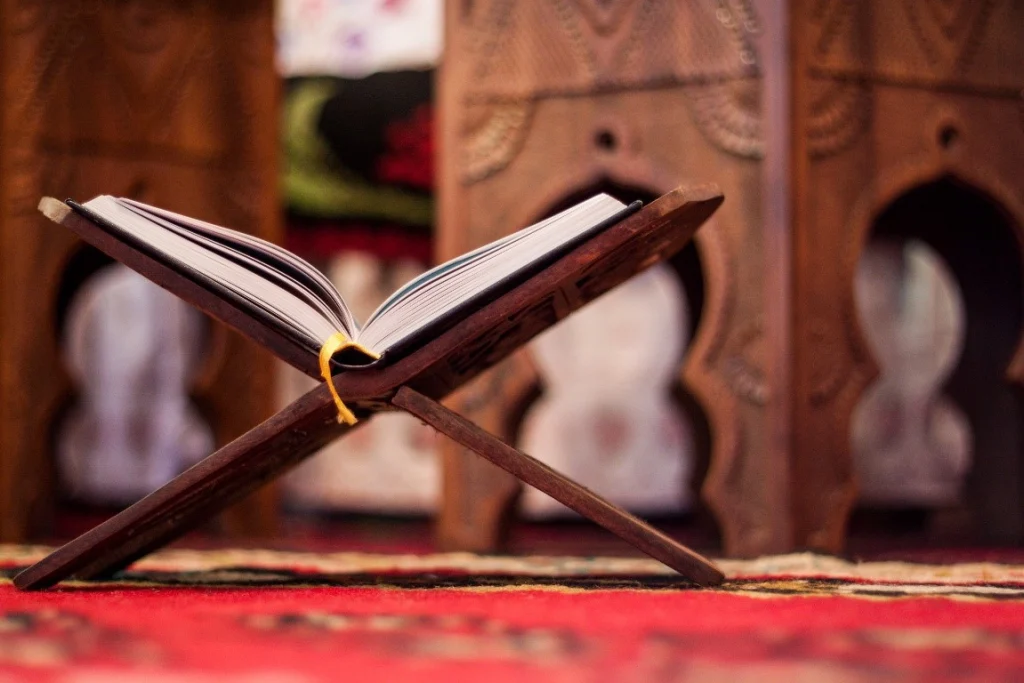
The Legacy of the Maqamat
Al-Hariri’s Maqamat offers an important contribution to Arabic literature by demonstrating how narrative structure coalesce with language art.
This collection contains stories revolving around Abu Zayd al-Saruji characteristically; he is a wily trickster whose adventures are social commentaries and moral lessons at once composed in the 11th century.
Al-Hariri’s writings are typical of the richness of Arabic prose, noted for its speaking mannerism and shiny verbal turns. At any one time, Maqamat stands witness to cultural and intellectual trends of its time-spanning works of literature that reflect social values and human life experiences.
One of the most notable aspects of Al-Hariri’s Maqamat is its innovative use of language. The author employs a unique blend of classical Arabic with various dialectical influences, enriching the text’s accessibility while preserving its literary sophistication.
This linguistic versatility not only enhances the narrative flow but also allows for deeper engagement with themes such as identity, morality, and social stratification.
Scholars have praised Al-Hariri’s ability to weave complex narratives that resonate on multiple levels, thus ensuring that his work remains relevant across centuries.
Furthermore, Al-Hariri’s Maqamat has influenced subsequent generations of writers and scholars within the Arabic literary tradition and beyond.
Its impact can be seen in later works that draw upon similar narrative techniques or thematic explorations. By establishing a framework for blending humor with serious discourse, Al-Hariri paved the way for future literary endeavors that seek to challenge societal norms while entertaining audiences.
Thus, his legacy endures as an essential reference point in both historical studies and contemporary artistic expressions.
In Conclusion the Maqamat by Al-Hariri stands as a testament to the richness of Arabic literary tradition. It is a work that transcends its historical context, offering timeless reflections on human nature and society through the medium of language.
Al-Hariri’s mastery of prose and poetry, combined with his keen insight into the human condition, ensures that the Maqamat will continue to be studied and appreciated for generations to come.
For those interested in furthering their understanding of classical Arabic literature, such as the Maqamat, the DarulQuran Academy offers online courses that delve into the art of voice and tunes.
These courses are designed to enhance one’s recitation skills, focusing on the correct pronunciation, intonation, and melodic recitation of the Holy Quran.
By mastering these elements, students not only improve their recitation but also gain a deeper appreciation of the linguistic beauty found in classical Arabic texts.

